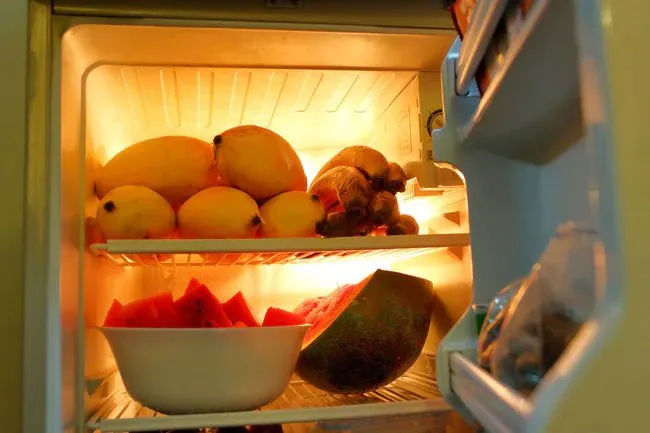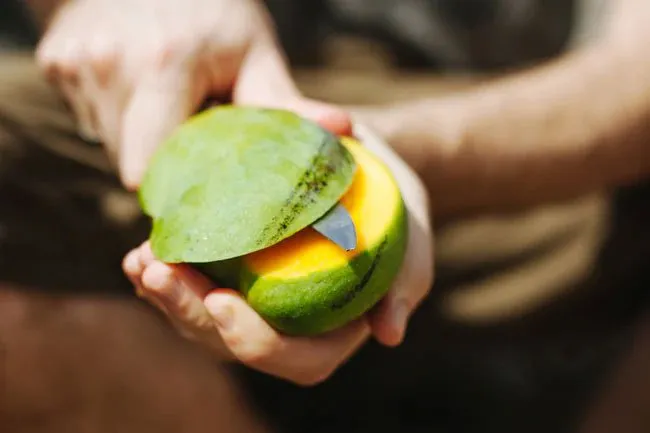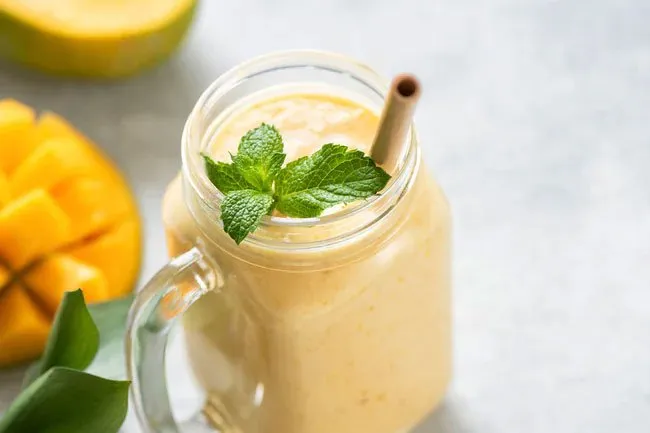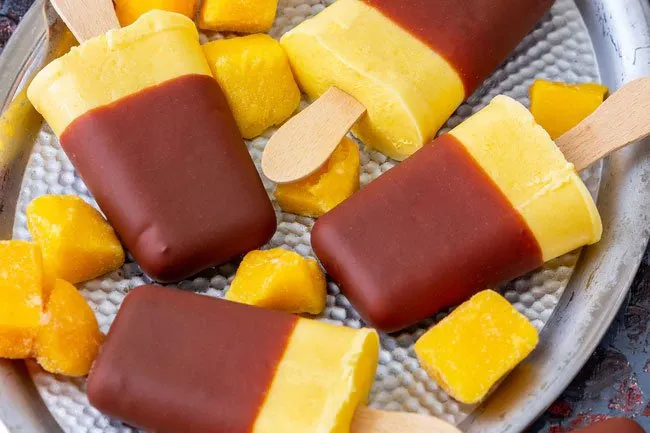Full of Fiber

Mangos are the fruit of an evergreen tree and considered a drupe, or stone fruit, because of their seed. They're also part of the cashew family. One of their many benefits is that they're high in soluble fiber. One cup has 2 grams -- 7% of your recommended daily value -- to help you manage constipation and feel full longer.
High in Vitamin C

Move over oranges: One cup of mango has 70% of your recommended daily allowance. In addition to boosting your immune system, vitamin C helps activate collagen. That's a building block for your skin, bones, hair, and muscles. It also helps you absorb the iron your body uses to make protein for red blood cells.
A+ in Vitamin A

Knock out 25% of your daily requirement when you toss 1 cup of frozen mango in your smoothie. Not only does vitamin A support your immune system, it’s also essential to your eyes and vision. And it helps your heart, lungs, and kidneys function well.
Full of Antioxidants

There are six popular varieties of mangos in the U.S. and every one has antioxidants. You need them to protect your cells from free radicals, the molecules your body makes when it breaks down food or is exposed to harmful elements like tobacco smoke and radiation.
Mango Allergies

Unless you have an oral allergy to all raw fruits and vegetables, you're probably not allergic to the flesh of mangos. But you may react to urushiol, the chemical compound found in poison ivy, oak, sumac, and mango skin. In most cases it shows up as contact dermatitis, or a rash near your mouth. It can happen up to 2 days after you eat mango.
Don’t Shun the Sugar

One cup of mango has 22 grams of naturally occurring sugar. But because they're high in fiber, the sugar enters your bloodstream slowly and doesn't cause a big spike. If you're trying to watch how much sugar you eat, pair mango with fat or protein, like avocado or fish. That helps slow down absorption even more.
How to Pick

They come in many colors, so you can't judge its ripeness that way. You'll want to skip the ones that are visibly bruised or smell spoiled. Gently squeeze your mango. If you don't plan to eat it soon, it should be firm. If you want to enjoy your mango in the next day or two, it should be slightly soft.
How to Store

If your mango is already ripe and you don't plan to eat it right away, put it in the fridge to slow the process. To ripen a firm mango, store it in a cool, dark place -- like your pantry -- or in a bag on the counter. If your mango is cut, store it in the fridge to ward off bacteria that can cause food poisoning.
How to Cut

It's easier than you think. To slice it, cut off a side to the right of the seed, then cut off a side to the left of the seed. Then slice into the flesh of each side without cutting all the way through the skin, and scoop out the slices with a spoon.
Mango Salsa

Mango is perfect for a sweet version of salsa. Combine diced mango with chopped tomato, cucumber, onion, cilantro, and a squeeze of lime. Season with salt, pepper, or chili powder. Add it to a grain bowl or atop fish tacos.
Mango and Banana Smoothie

Frozen mango chunks were made for smoothies. Mix a cup with half a banana, ¾ cup of milk, and a cup of ice. Add a teaspoon of honey for sweetness or a tablespoon of nut butter for protein.
Chocolate-Dipped Mango Pops

Who needs popsicles when you can eat frozen fruit on a stick? Cut a mango into thick slices and slide skewers into one end, about halfway up. Dip the ends in melted chocolate (milk, dark, white, or a combination), freeze, and eat.
Diet and Nutrition: Health Benefits of Mangos
This tool does not provide medical advice. See additional information: 
© 1996-2024 WebMD, LLC. All rights reserved.
Source slideshow on WebMD
